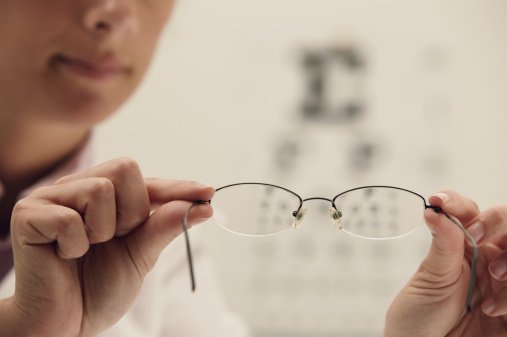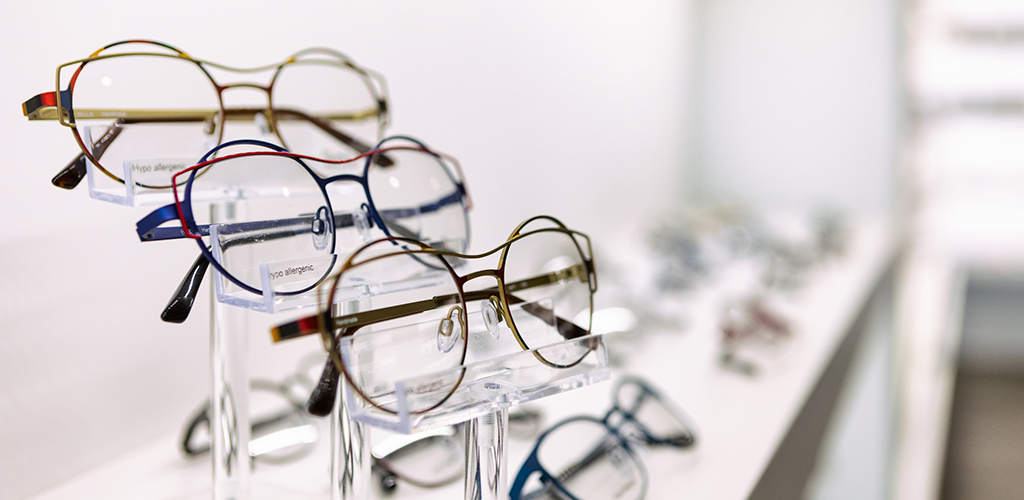
Performance Eyecare is the place for children’s glasses
With the kids going back to school, it’s time to bring them in for an eye exam and pick out any necessary eyewear to help him or her succeed this school year.

With the kids going back to school, it’s time to bring them in for an eye exam and pick out any necessary eyewear to help him or her succeed this school year.

Just the thought of buying eyeglasses for your child can make you want to pull your hair out. First, there is the initial selection to consider. Second, you must consider what your child is willing to wear. Third, which eyeglasses will be the most durable? Then there is the pressure from your child, who is … Read more
Your children are one of the most precious things to you, and making sure their eyes are healthy is a top priority for parents and caregivers. Some parents don’t know that both young children and babies should have comprehensive eye exams to make sure their eyes are working properly and don’t need correction. Since infants and … Read more
Each year, children are emitted into the hospital due to eye injuries due to toy relations. Nearly half of these injuries are to the head and face, and many are eye injuries. Toy related injuries are often sustained by children 5 years of age and under. Online surveys conducted by All About Vision revealed that … Read more
Children Diagnosed with ADHD May Actually Have Vision Problems Have you ever considered whether your child’s attention issues are directly related to their vision? Most people would probably answer no to this question, but the American Optometric Association discusses just that in this article; they state that children with the following symptoms may not actually … Read more